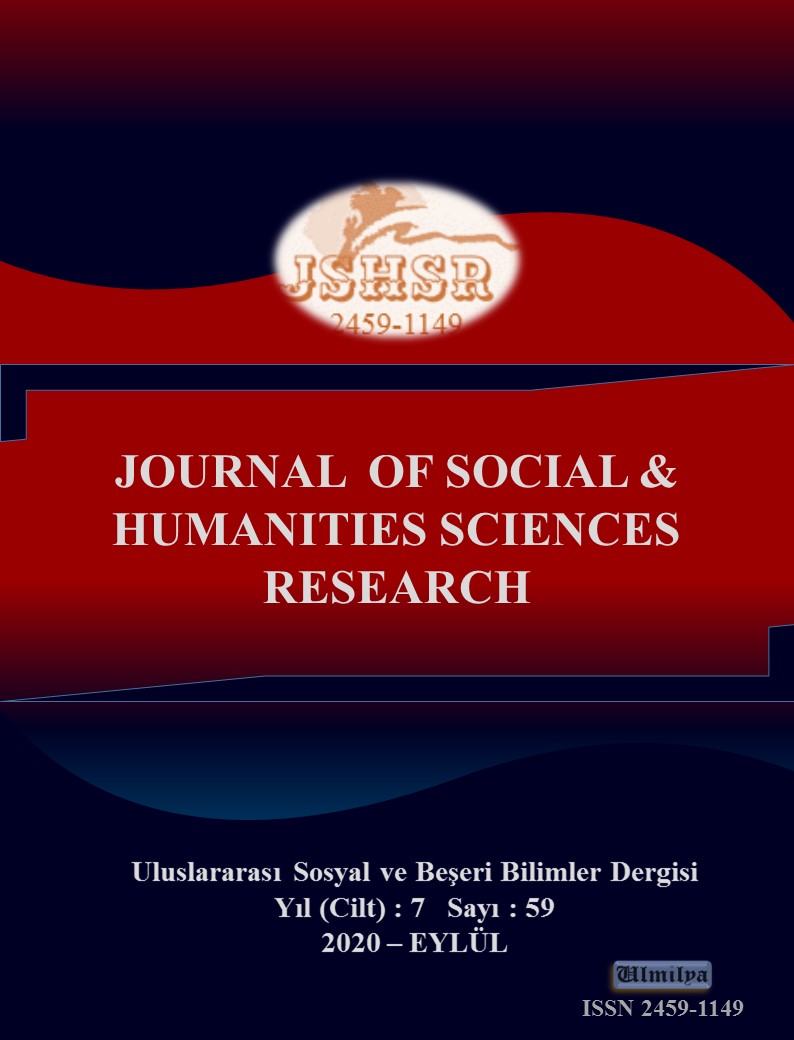THE STUDY OF THE JOB SATISFACTION OF MUSIC TEACHERS
DOI:
https://doi.org/10.26450/jshsr.2063Keywords:
Music Teachers, Job Satisfaction, Minnesota Job Satisfaction ScaleAbstract
In this study, levels of music teachers’ job satisfaction and differentiation of their job satisfaction levels in terms of various
variables are researched. This is a descriptive research in the relational survey model. The data of the study were obtained from
questionnaires conducted with 125 music teachers working at different levels of public and private schools affiliated to the
Ministry of National Education in the Western Black Sea Region. It has been determined whether or not the job satisfaction
levels of music teachers vary according to the variables of gender, age, years of service, marital status, institutions of work,
weekly practice hours of instruments, perception of economic status and educational status. A "Personal Information Form"
consisting of 7 questions and a "Minnesota Job Satisfaction Scale" consisting of 20 questions were used as data collection tools
in the study. According to the research findings, it is determined that the job satisfaction levels of music teachers are generally
positive but this is not at a high level. Considering whether the job satisfaction levels of the teachers who take part in the study
differ according to their demographic characteristics; it is seen that teachers' gender, institution of work, time allocated to
playing instruments, their economic levels and their educational status cause a significant difference in both their general,
internal and external satisfaction, while the marital status variable causes a significant difference in internal and general job
satisfaction. However, it’s also found out that the professional seniority of the teachers is not effective on the level of their job
satisfaction.
Downloads
Published
How to Cite
Issue
Section
License
Copyright (c) 2020 INTERNATIONAL JOURNAL OF SOCIAL HUMANITIES SCIENCES RESEARCH

This work is licensed under a Creative Commons Attribution 4.0 International License.


